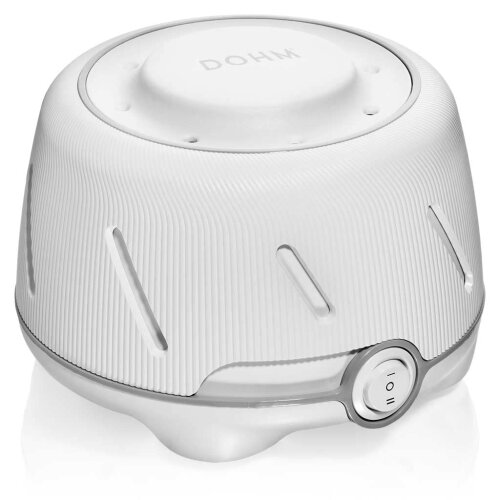Part of a semi-regular series of brief descriptions and links to articles on sleep (and sleep justice) in the news.
Assistive technologies for sleep have been around a lot longer than we might think. While smart-phone apps are relatively new, the first “sleep conditioner” appliance – basically a bedside white-noise generator – was invented in around 1960 as a response to a night in a noisy hotel room. Read The Atlantic‘s article on origins and development of the Rubber Maid Sleep-Mate – today updated and rebranded as the Dohm and apparently still popular.

Covid hasn’t gone away (as much as we might like to pretend). And research has linked it to even more unpleasant effects – this time insomnia and other sleep difficulties. It’s even more pronounced with the dreaded long Covid. The Conversation has the bad news here. While the article promises to offer advice on how to sleep better despite Covid, the recommendations follow the same old list of personal/individual interventions. Sigh…
Finally, if you want something a little more scholarly but still understandable – and that actually places sleep in its social context! – The Journalist’s Resource has an excellent “explainer”. Covering recent research into sleep disparities, it includes links to articles on how inequality can impact sleep, and the important role played by factors like race, education level, gender and socio-economic status.
Apparently, while more men experience sleep-apnea, which is commonly causes by physical health factors such as obesity, more women suffer from plain old trouble sleeping. According to one researcher:
“…there’s a psychological component to higher rates of insomnia in women, as they’re more likely to be affected by domestic violence, workplace discrimination, misogyny in workplace and in the world.”
Sleep justice is a feminist issue! Pass it on.